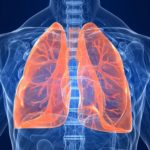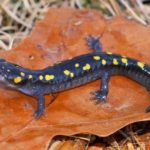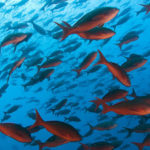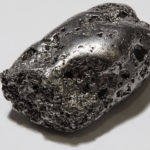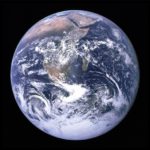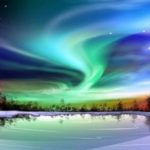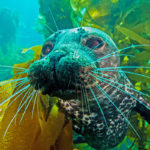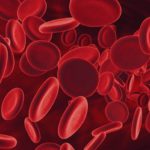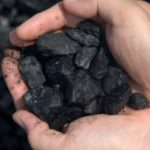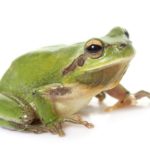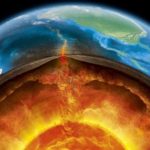25 interesting facts about oxygen
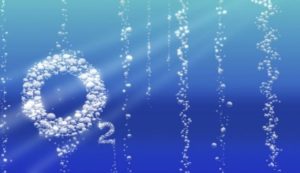 What does air consist of? From oxygen and nitrogen – everything is right! Moreover, oxygen is vital not only to us, people, but also to almost all living things on Earth, with the exception of some microorganisms that have adapted to life without it. That is why it is high time for humanity to think about the problem of air pollution and a decrease in the oxygen content in the atmosphere due to thoughtless deforestation.
What does air consist of? From oxygen and nitrogen – everything is right! Moreover, oxygen is vital not only to us, people, but also to almost all living things on Earth, with the exception of some microorganisms that have adapted to life without it. That is why it is high time for humanity to think about the problem of air pollution and a decrease in the oxygen content in the atmosphere due to thoughtless deforestation.
Atmospheric oxygen differs from that which is dissolved in the waters of the oceans. In the molecules of the latter, there are more heavy isotopes.
Ozone, which forms the ozone layer, is an allotropic form of oxygen.
About 1/5 of all oxygen consumed by the human body is absorbed by the brain.
Hundreds of millions of years ago, its atmospheric content was much greater than it is now. Because of this, in those ancient eras on our planet there were truly giant insects.
The colder the sea or ocean, the more oxygen they contain in the water. Its content is highest in the Arctic and Antarctic seas.
On average, the brain can survive without oxygen for up to 4-5 minutes, no more, after which it is likely to die.
Liquefied oxygen can be magnetized like a metal alloy.
Most scientists believe that the high oxygen content in the planetary atmosphere indicates the presence of life on it. So if we discover other planets rich in this element, it is likely that there will be life.
Fish consume a very different amount of oxygen dissolved in water. Karas, for example, needs it very little.
Oxygen was first discovered by scientists in 1774 as a result of an experiment when mercury oxide was decomposed into components.
On average, one large tree produces enough oxygen per year for two adults to grow. In numbers, this is about 125 kg.
The vegetation of our planet annually produces about 3 trillion tons of pure oxygen.
A passenger airliner burns up to 75 tons of oxygen for a flight lasting 8-10 hours. The same amount for the same time is produced on approximately 50 thousand hectares of forest.
Once upon a time, the Earth’s atmosphere was very poor in oxygen. When it became a lot, more than 99% of all living things, mainly microorganisms, died out, because they could not adapt to such changes.
Among all chemical elements that are not metals, oxygen is the second most active, second only to fluorine.
In pure oxygen, even substances that do not burn under ordinary conditions, including various metals, burn.
Oxygen accounts for about 45% of the total mass of the earth’s crust.
About 70% of the mass of the entire biosphere of the earth is oxygen. It’s simple – most living things, including humans, consist of a significant amount of water, and water is oxygen plus hydrogen.
Oxygen in its pure form is tasteless, it has no smell, no color. But pure oxygen, free from impurities, is usually obtained only in laboratory conditions.
Excessive oxygen is poisonous and can easily be poisoned.
Terrestrial plants produce approximately the same amount of oxygen as algae capable of photosynthesis.
This element accounts for about 21% of the Earth’s atmosphere.
In water, oxygen dissolves twice as good as nitrogen.
Despite the fact that it was opened only in the XVIII century, the first mention of it dates back to the VIII century. A thousand years before the Europeans, Chinese alchemists were interested in oxygen, even if they did not manage to solve its mystery completely.
Despite the fact that oxygen promotes the combustion of other chemical elements, it does not burn itself.



